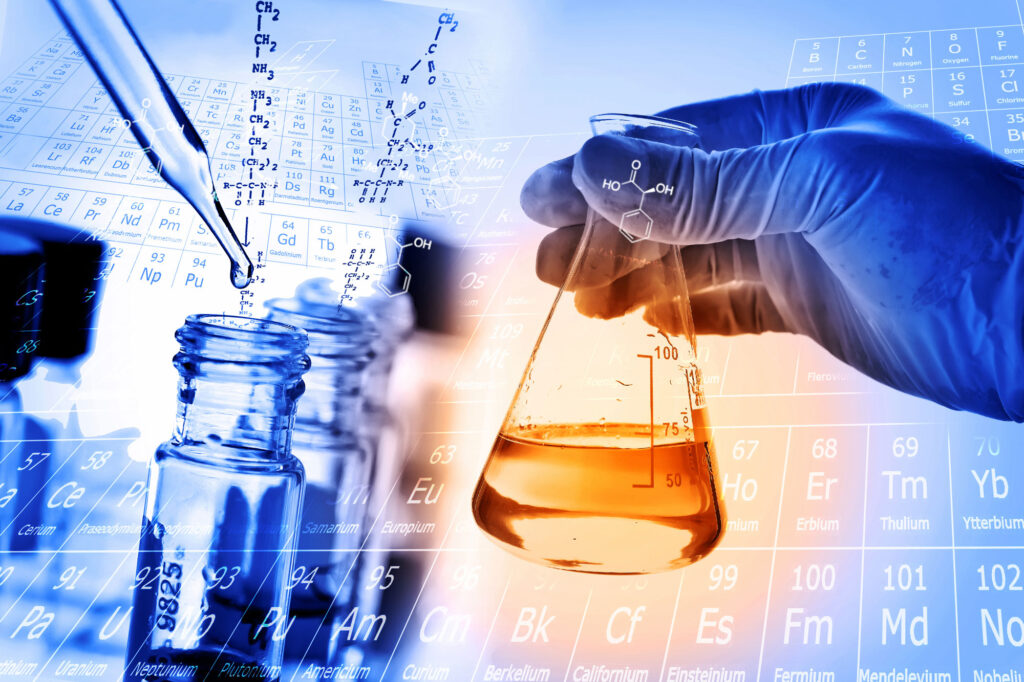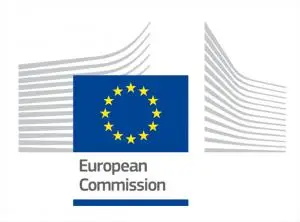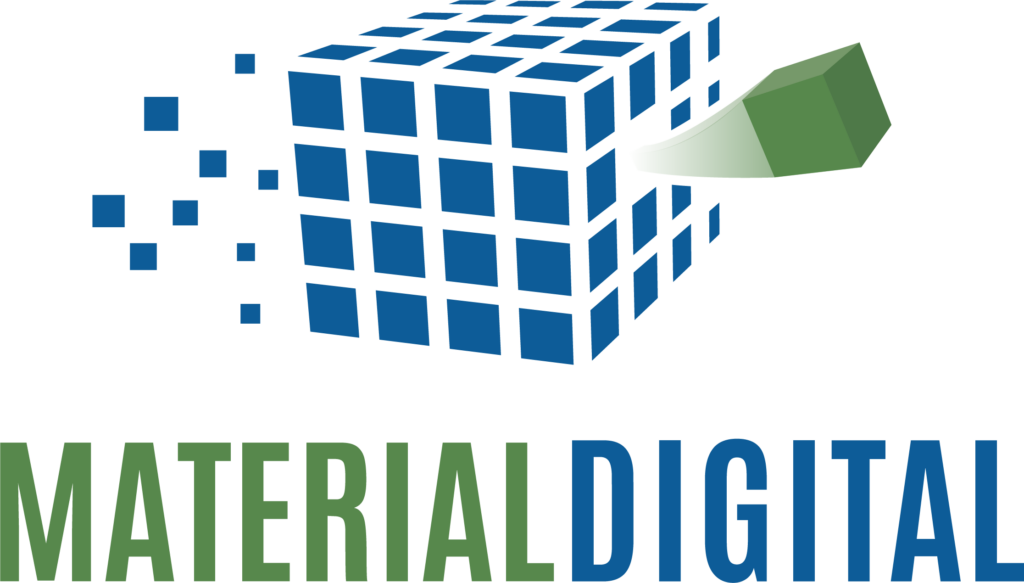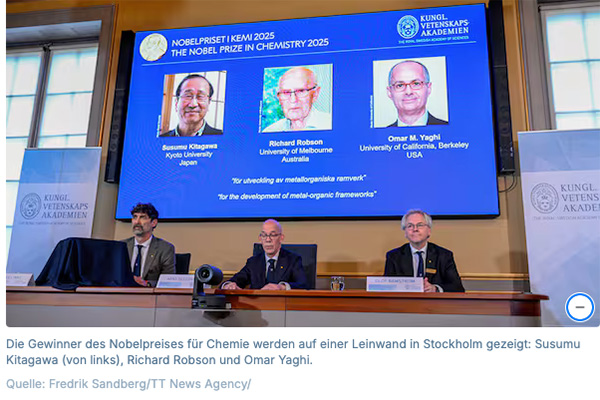At the Leibniz Institute for Catalysis in Rostock (Germany), LIKAT, a doctoral student developed AI models for the Fischer-Tropsch process based on carbon dioxide. The process was originally developed in the 1920s to produce liquid hydrocarbons from carbon monoxide and hydrogen obtained from coal and petroleum.
Laboratories around the world are researching ways to use the greenhouse gas carbon dioxide instead of fossil fuels for Fischer-Tropsch synthesis in the future.
See original publication under https://doi.org/10.1016/j.cej.2023.146869
May 19 2025



